Desert environments can be majestic with the bones of the earth on full display. However, after a few days my eyes hunger for the green of grasses and trees.
You can read Part I here.
The many varieties of chlorophyll
The name is derived from the Greek where khloros means “pale green” and phyllon means “leaf.” It is produced in response to sunlight and is replaced constantly during the growing season. We perceive chlorophyll to be green because it absorbs the red, orange and blue wavelengths of natural sunlight while reflecting the green rays. There are four main types of chlorophyll – a, b, c, d – but a and b are most important for our familiar plants. They work together to collect energy from sunlight and convert the raw materials of CO2 and water to sugars as well as the oxygen that we breathe.
Chlorophylls a and b absorb light at similar wavelengths. Chlorophyll a’s maximal absorption is in the red region at 642 nanometers and in the blue at 372nm. Chlorophyll b’s maximum is at 626nm in the red and 392nm in the blue.
The ratio of a to b is initially low in springtime with a predominating. The ratio increases through the summer and declines again in the fall. The ratio between a:b depends on light conditions with plants in the shade having a lower ratio. In addition, plants with lower nitrogen levels will have a higher ration.
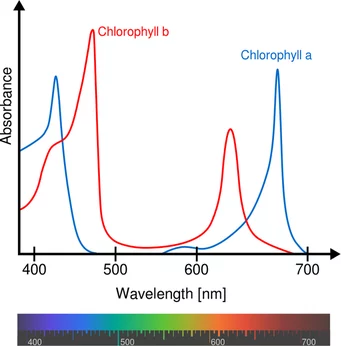
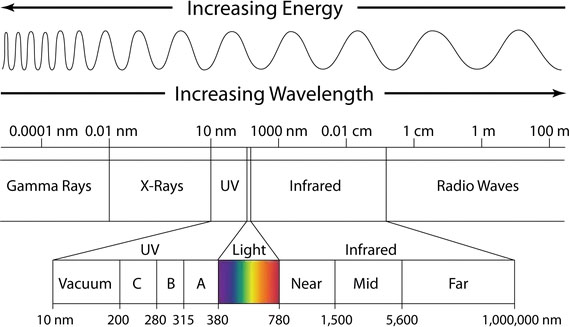
A Brief Suggestion: Apparently chlorophyll d and a newly discovered chlorophyll f absorbs energy at the longer infrared wavelengths which have less energy. There is some conjecture that this may open a pathway to create lower energy catalysts for producing hydrogen fuel , biofuels and renewable energy powered by sunlight.
Bye, Bye Leaves
As fall sets in, trees start preparing for the cold weather. The winter is too cold for most biological functions to continue and the trees will shed those leaves that were so productive during the warmer seasons. However, it would be wasteful to lose those nutrients and essential molecules still lodged in the leaves.
As temperatures cool, chlorophyll production in deciduous trees tapers off and the existing chlorophyll within the leaves starts to break down into simpler compounds. Resorption involves the extraction of nitrogen, a vital but limited resource, from the chlorophyll molecule. Sugars are also stored. These nutrients are stored in the parenchymal cells of the wood and bark.
The process of leaves separating from tree branches is called abscission from the Latin ab meaning “away” and scindere meaning “to cut.” While we are intuitively familiar with this process in the fall, it operates under other conditions also such as when a blooming flower is discarded after fertilization occurs since it has fulfilled its function.
Abscission in leaves proceeds in three steps: resorption, creation of a protective layer on the living side of the abscission zone and finally detachment. New cell layer formation creates a waterproof barrier to protect the tree trunk after the leaves fall. Detachment is removal of the leaf through one of two processes: enzymatic digestion of the “glue” tissue or explosion of those cells by excessive water imbibitions which then exposes the waterproof cell layer that has been laid down below. Leaf Scars are visible marks showing where the leaves have fallen off.
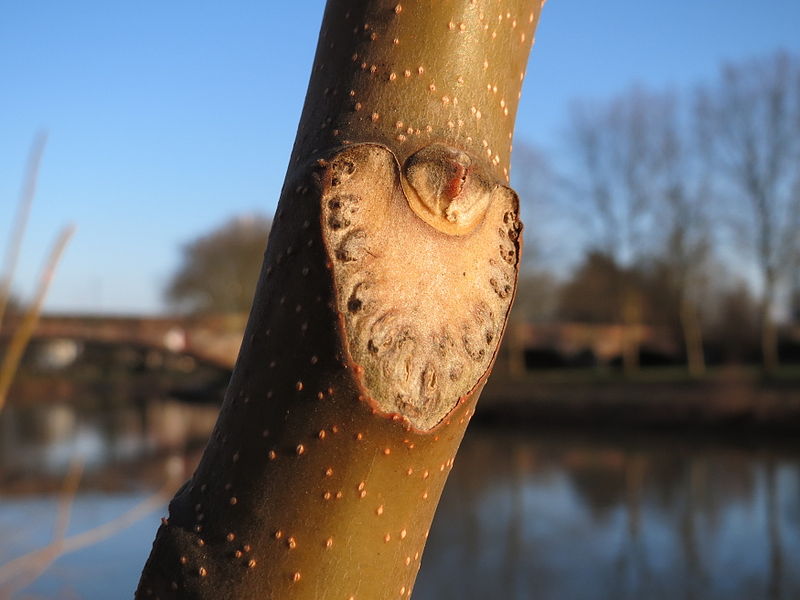
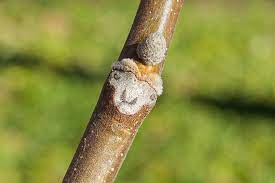
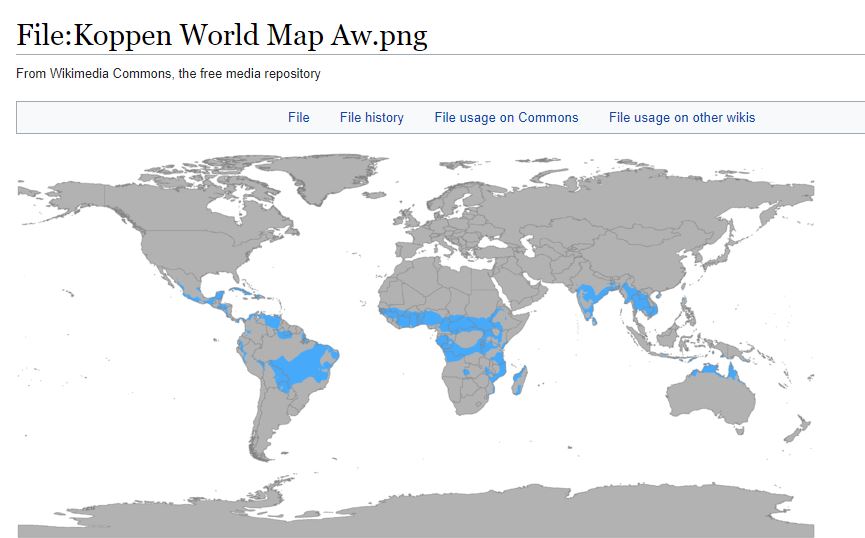
Leaf drop is economically beneficial for trees by preventing the waste of water and energy. There is also the suggestion that the absence of leaves in springtime allow easier fertilization of trees dependent on wind-driven pollination. In fact, in tropical areas with distinct wet and dry seasons, trees are faced with the same problems of conserving water and energy and leaf drop occurs in the dry season. Examples of these tree types include some species of acacia and the baobab.
However, some deciduous temperate trees such as beeches and oaks (Fagaceae Family) do retain their dead leaves over the winter. This condition is known as marcescence. While the purpose served is not clear, some hypothesize that these unappetizing leaves protect the tips of the branches containing new leaf buds from being eaten by herbivores.
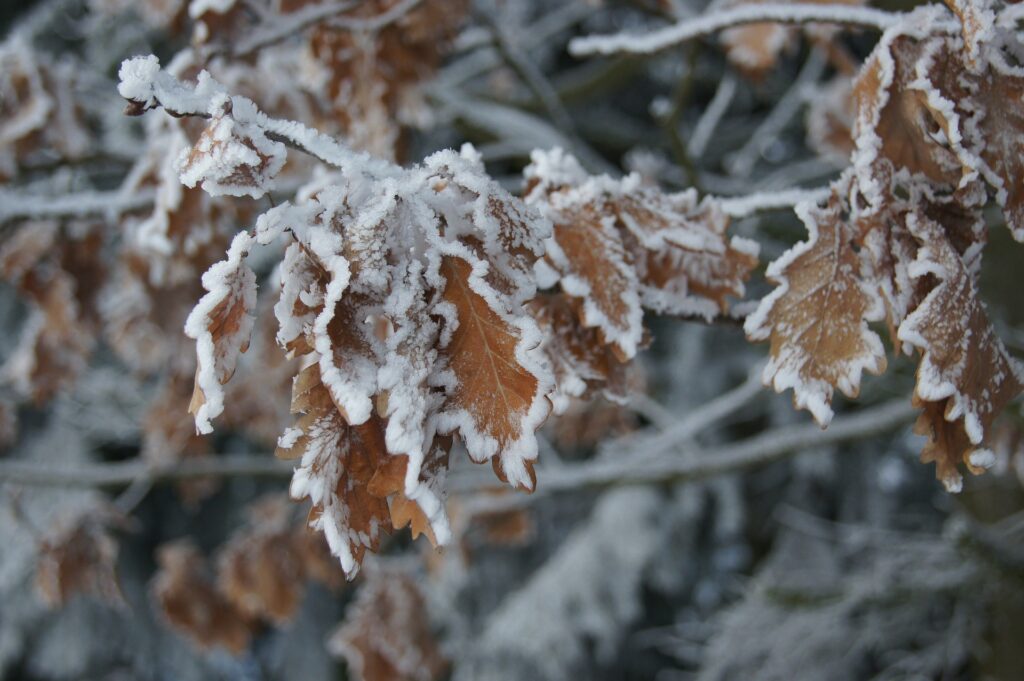
Where do evergreens fit in?
In addition to cold weather ‘s negative effect on biochemical processes, there is another problem that trees need to solve. Freezing water expands and inside cells, bursting cell walls, thus destroying them. If green leaves would remain intact until freezing temperatures occurred, the leaves would simply be destroyed.
In addition to deciduous trees, we also have evergreens which are certainly appreciated when all the others are looking bare and forlorn. Evergreens and conifers are sometimes used interchangeably although that is misleading.
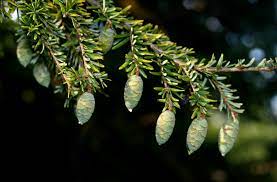
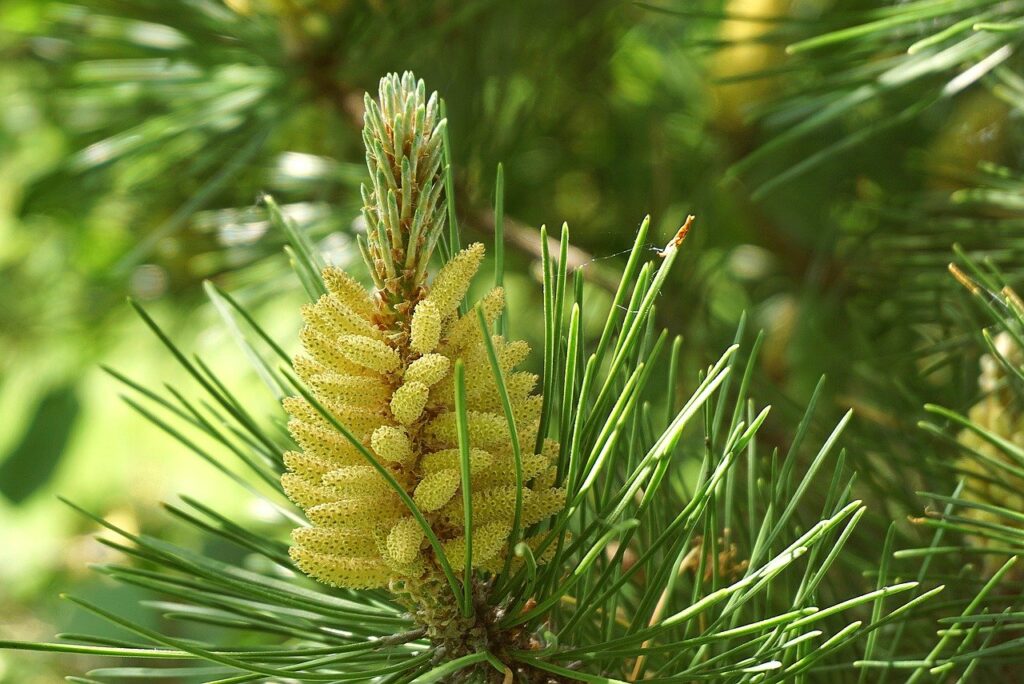
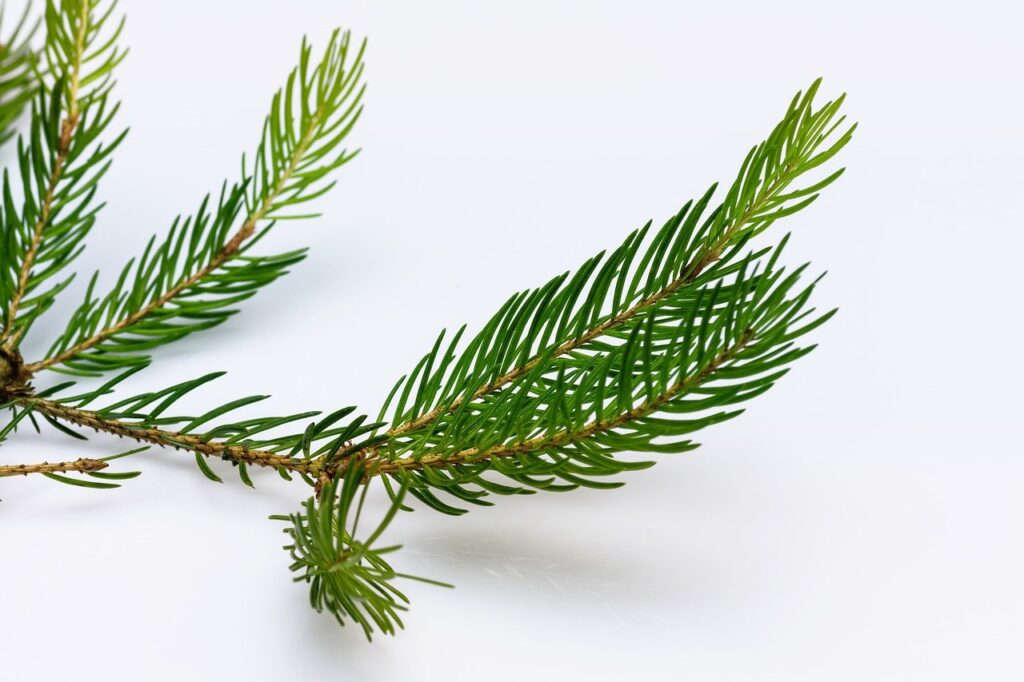
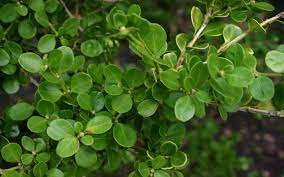


Conifers are trees that bear cones and their seeds reside inside the cone. Conifers include pines, spruces and hemlocks. These are all evergreen. However, there are several coniferous trees that do lose their needles during the cold weather, including the Larix genus (larches) of the Pinaceae subfamily, the Taxodium genus of the cypress family which is deciduous in the north and semi-evergreen in the south, and the Metasequoia glyptostroboides, the dawn redwood. There are also several non-conifers which are evergreen such as holly (Ilex), boxwoods (Buxus) and azaleas (Rhododendron spp).
Conifer leaves, generally called needles, are long and thin. They have a typical lifespan of 3-5 years (sometimes longer) and needles are shed as they age out. Evergreens have several adaptations that allow them to retain their leaves during extended cold months. To prevent excess water loss through the needles, they are covered with waxy material called cutin.
In order not to run out of stored glucose, they enter a state of dormancy. Freezing is a crucial problem for them as well as for the deciduous trees that solve the problem by discarding their leaves in the fall. Water freezing inside the needle cells would also destroy them. Cellular glucose reduces the temperature at which water freezes inside the cell. Anti-freeze proteins adsorb onto the surface of ice crystals when they do form and modify their shape. If they are left to form the usual needle-like crystals, they would puncture the cell walls.
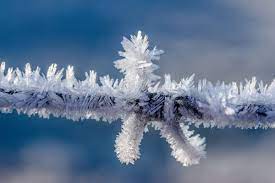
To be continued……..
Many thanks to Howard S. Neufeld whose help is gratefully acknowledged.
http://www.appstate.edu/~neufeldhs/index.html

Good reading for a cold snowy winter day! Thank you.